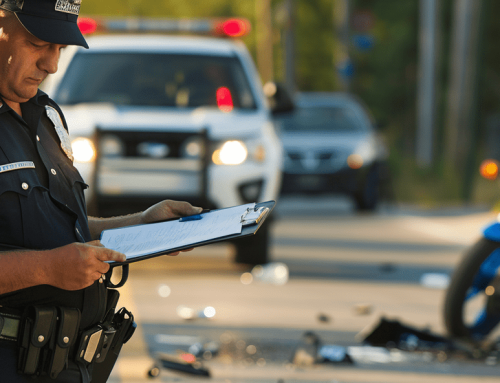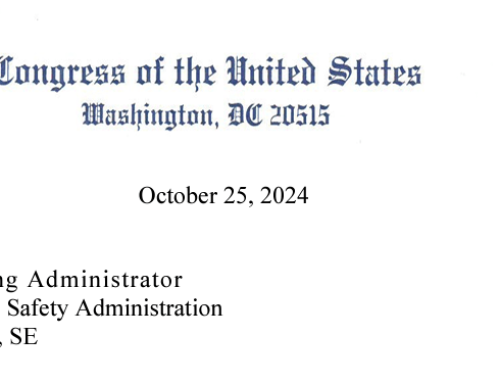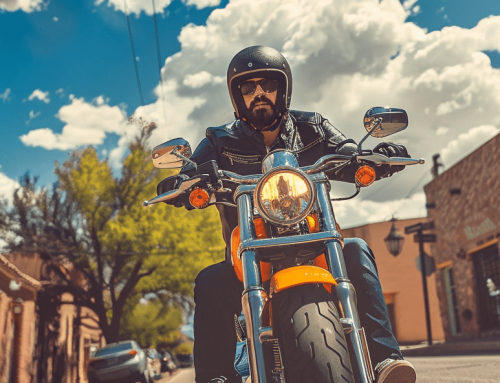The Truth About Dangerous Motorcycles: What Every Rider Needs to Know
Before we dive into the nitty-gritty of motorcycle safety, let’s address the elephant in the room: The most dangerous thing on the road for any motorcycle rider is a distracted driver. Our Albuquerque Motorcycle Lawyers have seen countless motorcycle injuries, and far too many were caused by careless car drivers, not the riders themselves.
Now that we’ve got that out of the way, let’s tackle a common question: What type of motorcycle is most dangerous? The answer might surprise you.
The Research: Sports Bikes vs. Cruisers
Data suggests that sport bikes are involved in more fatal accidents than cruisers or touring bikes. But hold on – don’t jump to conclusions just yet. The truth is more complex than a simple “sports bikes are dangerous” statement.
Here’s the breakdown:
- Sport bikes: 10.7 deaths per 10,000 registered motorcycles
- Cruisers and standard bikes: 5.7 deaths per 10,000 registered motorcycles
- Touring bikes: 6.5 deaths per 10,000 registered motorcycles
At first glance, it seems clear cut. But there’s more to the story.
The Age Factor
Most sport bike riders are in their teens and twenties. This younger demographic brings enthusiasm but often lacks the experience and road knowledge that comes with age. It’s not necessarily the bike that’s dangerous – it’s the combination of a powerful machine and an inexperienced rider.
Consider this: The average age of a cruiser rider is 47, while for sport bike riders, it’s 27. That’s 20 years of life experience, potentially including:
- More time on the road
- Better understanding of traffic patterns
- Improved risk assessment skills
- More defensive driving techniques
The System: Set Up for Danger?
Let’s look at a troubling trend in the motorcycle world:
- Cruisers cost an average of $13,000
- Sports bikes can be bought new for $5,000 or less
- Motorcycle safety classes can cost hundreds of dollars
See the problem? Young riders, often on tight budgets, are pushed towards powerful, affordable sports bikes. Add in the temptation to skip expensive safety classes, and you’ve got a recipe for disaster.
The Power-to-Weight Ratio Dilemma
Sports bikes often have a high power-to-weight ratio, meaning they can accelerate incredibly quickly. While this can be exhilarating, it also requires a high level of skill to control. A slight twist of the throttle can send an inexperienced rider into a dangerous situation.
For comparison:
- Average sports bike: 0.5-0.8 hp/lb
- Average cruiser: 0.2-0.4 hp/lb
This difference can be crucial when it comes to maintaining control in unexpected situations.
The Real Danger: It’s Not the Bike, It’s the Rider
Ask any seasoned biker, and they’ll tell you: The difference between a safe ride and a dangerous one is the person in the seat. An experienced, cautious rider can handle even the most powerful bike safely. On the flip side, a reckless rider can turn even a “tame” bike into a hazard.
Key Skills for Safe Riding
Regardless of the type of motorcycle, these skills are crucial for safety:
- Proper braking techniques
- Cornering skills
- Traffic awareness
- Defensive riding strategies
- Understanding and respecting the bike’s power
The Hard Truth About Motorcycle Safety
Here’s the reality: No motorcycle comes with seatbelts, airbags, or a protective cage. This inherent vulnerability means all motorcycles carry some level of risk.
But here’s where car drivers come in. They play a huge role in motorcycle safety. If you’re behind the wheel of a car:
- Always check your blind spots
- Look specifically for motorcycles, especially when turning left
- Give motorcycles plenty of space
- Never drive distracted or impaired
- Remember, your actions can mean life or death for a rider
Improving Motorcycle Safety: What Can Be Done?
While we can’t eliminate all risks, there are steps we can take to make motorcycling safer:
1. Improved Training
Mandatory advanced rider training could help riders of all ages improve their skills and awareness. Some countries have implemented graduated licensing systems for motorcycles, which could be a model for improving safety.
2. Better Protective Gear
Advances in helmet technology, airbag jackets, and other protective gear can significantly reduce the severity of injuries in accidents.
3. Enhanced Visibility
Encouraging riders to wear high-visibility gear and use daytime running lights can help make them more noticeable to other road users.
4. Public Awareness Campaigns
Educating car drivers about motorcycle awareness could help reduce accidents caused by drivers failing to see or properly judge the speed and distance of motorcycles.
New Mexico-Specific Motorcycle Laws
If you’re riding in New Mexico, it’s crucial to know the state-specific laws:
- Helmets are required for riders and passengers under 18
- Eye protection is required for all riders
- Lane splitting is not legally permitted
- Motorcycles are entitled to full use of a traffic lane
- Headlights must be on at all times when operating a motorcycle
Understanding and following these laws can help keep you safe and legally protected on New Mexico roads.
Injured in a Motorcycle Accident in New Mexico?
If you’ve been hurt in a motorcycle crash, don’t face it alone. At New Mexico Biker Lawyer, we’re passionate about protecting riders’ rights. Here’s what we offer:
- Free initial consultation
- Extensive experience with motorcycle accident cases
- Deep understanding of New Mexico motorcycle laws
- Commitment to maximizing your compensation
- Personalized attention to your case
- Aggressive representation against insurance companies
We understand the unique challenges that motorcyclists face on the road and in the legal system. Our team is dedicated to ensuring you get the justice and compensation you deserve.
Don’t let someone else’s negligence derail your life. Call New Mexico Biker Lawyer today at 505-505-2453 or visit our website. Let’s get you back on the road to recovery.
Remember, ride safe, ride smart, and know that if trouble finds you on the road, New Mexico Biker Lawyer has your back.



